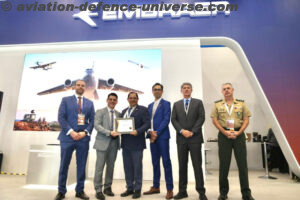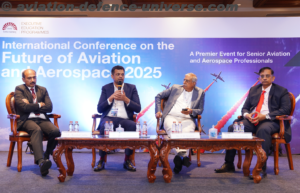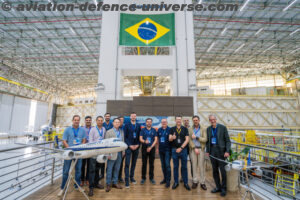Boulder, Colo., 07 June 2018 .Ball Aerospace has been chosen to develop and build the Wide Field Instrument (WFI) Optical Mechanical Assembly (WOMA) for NASA’s Wide Field Infrared Survey Telescope (WFIRST). WFIRST is a NASA observatory designed to answer essential questions in the areas of dark energy, exoplanets and infrared astrophysics using the WFI.
“WFIRST was identified as a top priority of the most recent Decadal Survey in 2010 and Ball supports the decadal process, which builds a community consensus for science priorities,” said Jim Oschmann, vice president and general manager for Civil Space, Ball Aerospace. “The science WFIRST will provide is unprecedented as the wide-field imaging of distant galaxies will unlock the mysterious effects of dark energy, which may fundamentally change our understanding of physics.”
The WFI consists of WOMA and key subassemblies provided by NASA Goddard Space Flight Center. Ball and NASA will work together to integrate and test the WFI. The WFI will be about the size of an upright piano, and with Ball’s WOMA design, provides exquisite stability and structural repeatability. When launched in the mid-2020s, WFIRST will have a field of view 100 times larger than Hubble Space Telescope’s Advanced Camera for Surveys, allowing scientists to efficiently answer the most fundamental science questions – with the capability to collect data in days that once took months or years.
For nearly 60 years, Ball has been developing instruments for NASA. For example, Ball built seven science instruments for the Hubble Space Telescope, including building the Wide-field Camera 3 (WFC3) alongside Goddard Space Flight Center, as well as two star trackers, five major leave-behind equipment subsystems and more than eight custom tools to support astronauts during servicing missions. Ball designed and built the advanced optical technology and lightweight mirror system for the James Webb Space Telescope. Overall, Ball has contributed to all of NASA’s Great Observatories – Compton Gamma Ray, Hubble, Chandra X-Ray, Spitzer Space Telescope and Webb – and WFIRST will continue that tradition.
































































































































